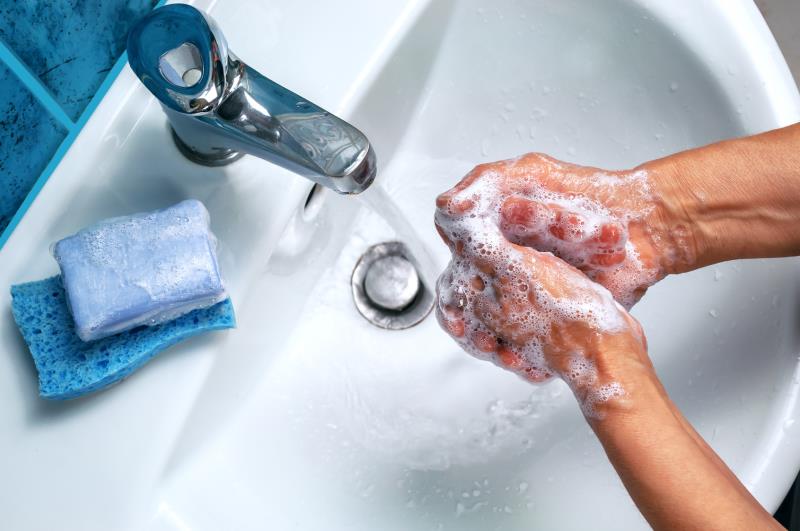
“Wash your hands” may be old advice but, when done right, is crucial in preventing the spread of COVID-19 or any viral infections, as epidemiologists say. Aside from hand hygiene, other forms of physical barriers that effectively halt transmission include wearing masks and social distancing.
In the absence of a safe and effective vaccine to prevent COVID-19 or a drug that will eliminate the infection once it has occurred, experts agree that the best bet is to focus on prevention. In the words of the Centers for Disease Control and Prevention: avoid being exposed to this virus.
“High viral load and high viral infectiousness are likely to be the drivers of such epidemics and pandemics,” which are likely to happen when the viral genes alter to create a new subtype against which there is little circulating natural immunity, such as when viruses cross from animal species to infect humans, explained Tom Jefferson, an epidemiologist who works for the Cochrane Collaboration.
“Physical means might prevent the spread of virus by aerosols or large droplets from infected to susceptible people, such as by using masks and distancing measures, and by contact, such as by using handwashing, gloves and protective gowns,” he added.
Jefferson, along with his team, conducted a systematic review and meta-analysis providing evidence behind why the said physical interventions were critical in the fight against epidemic- or pandemic-prone viral infections. The meta-analysis included 58 papers of 59 studies, with quality being poor for most cluster randomized controlled trials and mixed for the observational studies.
Pooled data indicated that physical measures were highly effective at stopping the spread of severe acute respiratory syndrome (SARS). Among these interventions were frequent handwashing with soap (>10 times daily; odds ratio [OR], 0.45; number needed to treat [NNT], 4), wearing masks (OR, 0.32; NNT, 6), wearing N95 masks (OR, 0.09; NNT, 3), wearing gloves (OR, 0.43; NNT, 5), wearing gowns (OR, 0.23; NNT, 5), and the combination of handwashing and putting on masks, gloves and gowns (OR, 0.09; NNT, 3). [Cochrane Database Syst Rev 2011;2011:CD006207]
The combination of hand hygiene and use of masks also proved effective at halting the transmission of influenza within households. Moreover, evidence from the highest quality cluster randomized trials suggested that spread of respiratory viruses could be largely curbed by enforcing hygienic measures in younger children and within households.
While Jefferson and his group found it disappointing that there was a lack of proper evaluation of the global and highly intensive measure of social distancing, more recent studies provide real-world data on why this intervention is needed in the setting of COVID-19 pandemic.
One such study was conducted by a team of investigators, led by Dr Zhanwei Du from the University of Texas at Austin, US. The analysis included 458 confirmed COVID-19 patients across 93 Chinese cities and clearly showed that the infection is significantly more challenging to contain than a similar disease (ie, SARS). Specifically, COVID-19 travels rapidly and silently some of the time, while SARS do the opposite: slow and visible.
In a setting where person A infects person B with COVID-19, estimates revealed that the mean interval or time between person A developing symptoms and person B developing symptoms was 3.96 days. More importantly, 12.6 percent of case reports indicated presymptomatic transmission. This means that newly diagnosed patients may have already been contagious for several days and have possibly infected several others who are also now spreading the virus, the investigators explained. [Emerg Infect Dis 2020;doi:10.3201/eid2606.200357]
In a race against COVID-19 pandemic, social distancing can go a long way. Indeed, countries around the world are closing schools and workplaces, cancelling concerts, and even putting off the world’s largest event, namely the Tokyo 2020 Olympics. At an individual level, governments are implementing community quarantines and lockdowns, limiting close contact to family members only. [https://www.medrxiv.org/content/10.1101/2020.03.02.20027599v1]